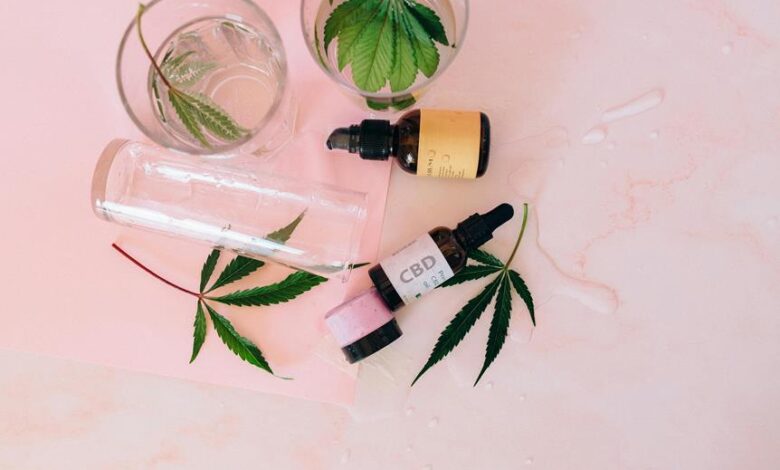How to Extract CBD From Hemp

The extraction of CBD from hemp is a multifaceted process that requires an understanding of both the biological properties of the plant and the various methods available for isolating its beneficial compounds. Among these methods, CO2 extraction stands out for its efficiency and ability to maintain the integrity of cannabinoids. However, the intricacies involved in this process extend beyond mere technique; they encompass essential safety protocols and equipment considerations. As we explore the nuances of extraction methods and their implications, one must consider what factors truly determine the quality of the final product.
Understanding CBD and Hemp
Understanding the distinct characteristics and chemical composition of CBD (cannabidiol) and hemp is essential for effectively navigating the extraction process and its applications.
Various hemp varieties exhibit unique profiles of cannabinoids, influencing CBD benefits and market trends.
Legal regulations shape extraction history and dictate quality control measures, ensuring that products meet safety standards while catering to consumer demand for freedom and wellness.
Common Extraction Methods
Various extraction methods are employed to obtain CBD from hemp, each with distinct advantages and limitations regarding efficiency, purity, and safety.
CO2 extraction is considered the gold standard for its high purity and efficiency.
Ethanol extraction is effective but may compromise flavor.
Oil infusion is simple yet less potent, while cold pressing preserves terpenes but yields lower concentrations of CBD.
Tools and Equipment Needed
To effectively extract CBD from hemp, a specific set of tools and equipment is essential, including extraction apparatus, solvents, and filtration systems.
Key components include high-quality extraction solvents, such as ethanol or CO2, which facilitate the dissolution of cannabinoids.
Additionally, employing advanced filtration techniques ensures the removal of impurities, yielding a pure and potent CBD extract suitable for further processing or consumption.
Safety and Best Practices
Ensuring safety during the CBD extraction process requires adherence to stringent protocols, including the use of personal protective equipment (PPE), proper ventilation, and thorough training on handling solvents and extraction machinery.
Implementing robust lab safety measures, conducting regular quality control assessments, and prioritizing contamination prevention are essential practices.
These steps safeguard both the operators and the integrity of the final CBD product, promoting a responsible extraction environment.
Conclusion
In conclusion, the extraction of CBD from hemp, particularly through CO2 extraction, presents an efficient means of obtaining high-quality cannabinoids.
This method not only ensures purity and potency but also safeguards the integrity of the extracted compounds.
Considering the complexity of the extraction process and the need for precision, how can one ensure the highest standards in both safety and product quality?
Adhering to established protocols and utilizing appropriate equipment is essential for successful extraction outcomes.




